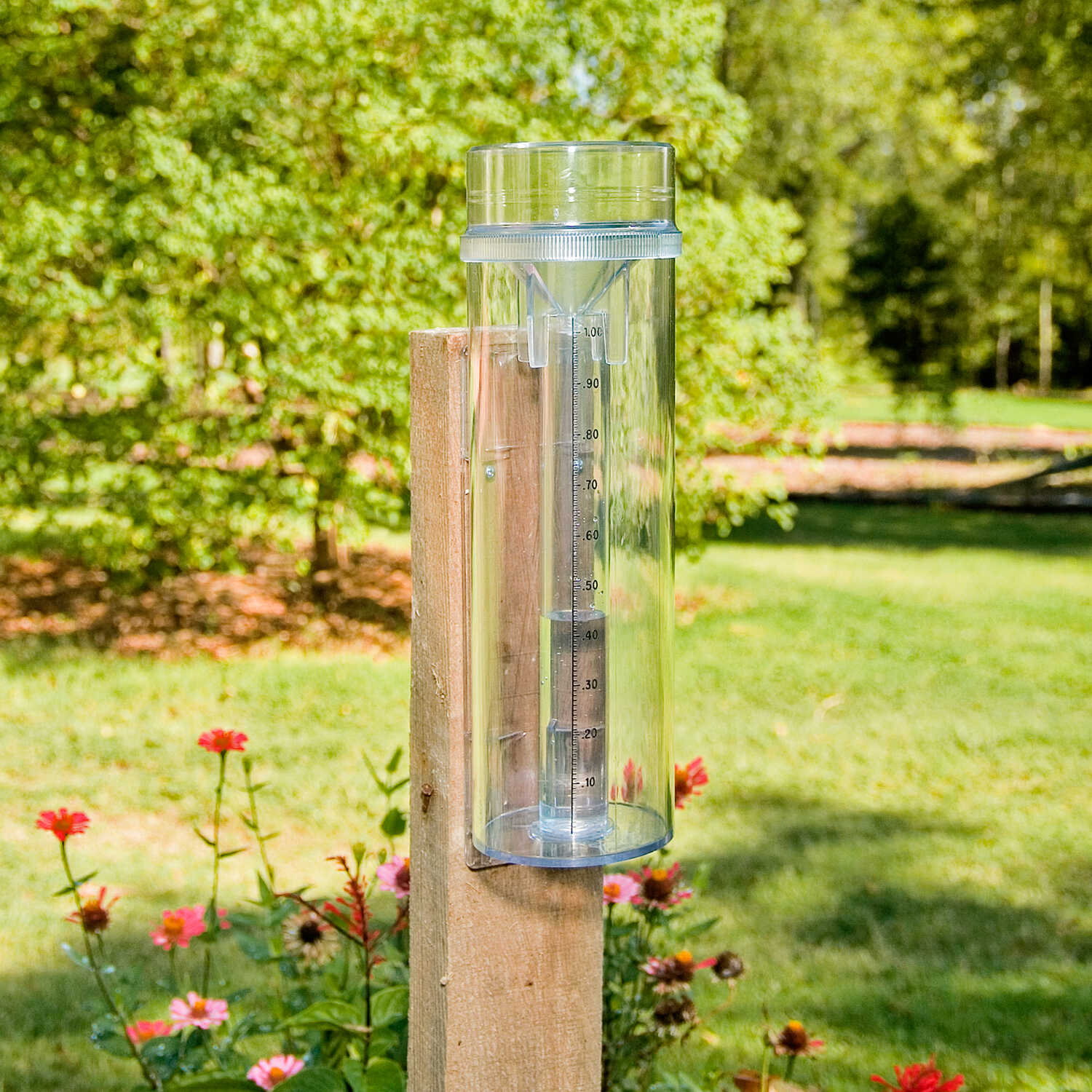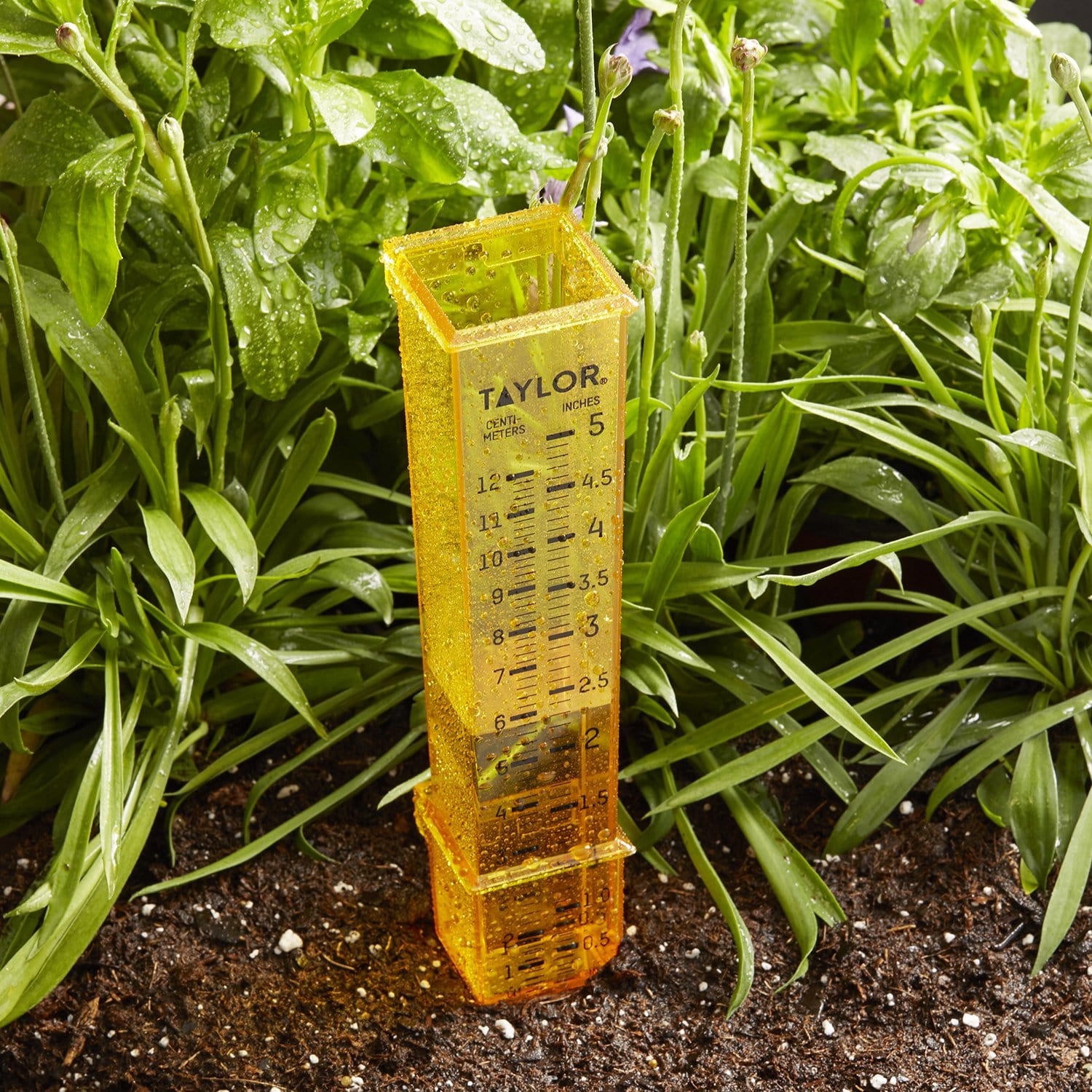The Rain Gauge: Empowering Areas with Accurate Rain Data
Wiki Article
Do It Yourself Rain Scale: Basic Steps to Make Your Own
Are you interested in tracking rains in your area? Producing your own DIY rainfall gauge is a basic and effective means to determine and record precipitation. With just a couple of typical products and some fundamental actions, you can easily build your own rain scale in your home. In this overview, we will give you with a step-by-step procedure to aid you produce your very own rain gauge. No demand for any type of specialized expertise or tools - this task can be completed by any individual. By adhering to these easy directions, you will certainly have a reputable tool to determine rainfall and add to your understanding of the neighborhood weather patterns. So, let's obtain begun on making your DIY rain scale today!Gather Products
To begin building your DIY rain scale, gather all the essential materials making use of a detailed list of things. Having the right products on hand will guarantee the effective creation of your rainfall scale and enable for exact measurements of rains. Gathering these materials ahead of time will enhance the construction process and make sure that you have everything you need to develop your very own DIY rainfall scale.Prepare the Container

Mark the Measurement Increments
To precisely determine the quantity of rainfall, precisely noting the dimension increments on your DIY rainfall gauge is vital. Without precise and clear markings, it would certainly be hard to identify the exact quantity of rainfall gathered in your rain scale. Below are the steps to mark the measurement increments on your rainfall scale.First, pick the device of dimension that you desire to use. The most usual devices for measuring rains are inches and millimeters. Use an irreversible marker or water resistant paint to mark the increments on the side of your rain gauge once you have selected the device. For inches, you can mark every quarter inch or every half inch, depending on your choice. For millimeters, you can mark every 10 millimeters or every 20 millimeters.
When marking the increments, it is essential to make certain that they are uniformly spaced and clearly visible. Utilize a ruler or measuring tape to guarantee precision and consistency. In addition, ensure that the markings are resistant to fading or rubbing off, as exposure to the aspects may create them to deteriorate gradually.
Place the Rain Gauge Outdoors
The rain scale must be put outdoors to precisely accumulate rains data. The place selected for the rain gauge should be open and cost-free from any kind of obstructions that could potentially affect the dimension of rains. It is crucial to find a place that is not obstructed by trees, buildings, or various other frameworks that might obstruct the rain from reaching the scale. This will guarantee that the accumulated data is representative of the real rainfall in the location.Furthermore, it is essential to place the rain scale on a steady surface, such as a degree ground or a sturdy blog post. This will protect against any movement or tilting of the scale, which can bring about incorrect measurements. It is additionally a good idea to prevent positioning the scale near any type of sources of synthetic water, such as lawn sprinklers or drainage systems, as this could interfere with the precision of the measurements.
Monitor and Document Rainfall Information
Normal surveillance and recording of rainfall information is necessary for accurate data analysis and analysis. By tracking rainfall dimensions, you can obtain valuable insights into climate patterns, climate fads, and water source administration. To successfully check and tape-record rainfall information, it is essential to establish a routine and preserve consistent methods.First of all, make certain that your rainfall scale is positioned in an open location far from barriers such as trees or buildings that might obstruct rainfall. Additionally, ensure the rainfall scale is level and firmly anchored to stop any kind original site of movement that could influence the precision of the dimensions.

When taping the rains information, it is very important to note the day and time of each measurement. Utilize a ruler or a determining stick to establish the rains deepness in the rain scale, and record this information precisely.
To guarantee the accuracy of the measurements, it is recommended to clear the rain scale after each recording. This will prevent any overflow or dissipation from affecting subsequent dimensions.
Conclusion
Finally, developing a DIY rainfall gauge is a easy and useful way to monitor and tape-record rains information (The Rain Gauge). By complying with more info here the steps detailed in see this website this post, you can quickly gather materials, prepare the container, note the measurement increments, and put the rain gauge outdoors. Consistently keeping an eye on and recording rainfall data can provide valuable information for numerous objectivesHaving the right materials on hand will make sure the successful development of your rain scale and permit for exact measurements of rains.To properly determine the amount of rainfall, precisely marking the measurement increments on your DIY rainfall scale is necessary.The rain scale should be put outdoors to accurately collect rainfall information. The place chosen for the rain gauge ought to be open and free from any type of blockages that could possibly affect the measurement of rains.In verdict, developing a DIY rainfall gauge is a sensible and straightforward means to check and tape rains information.
Report this wiki page